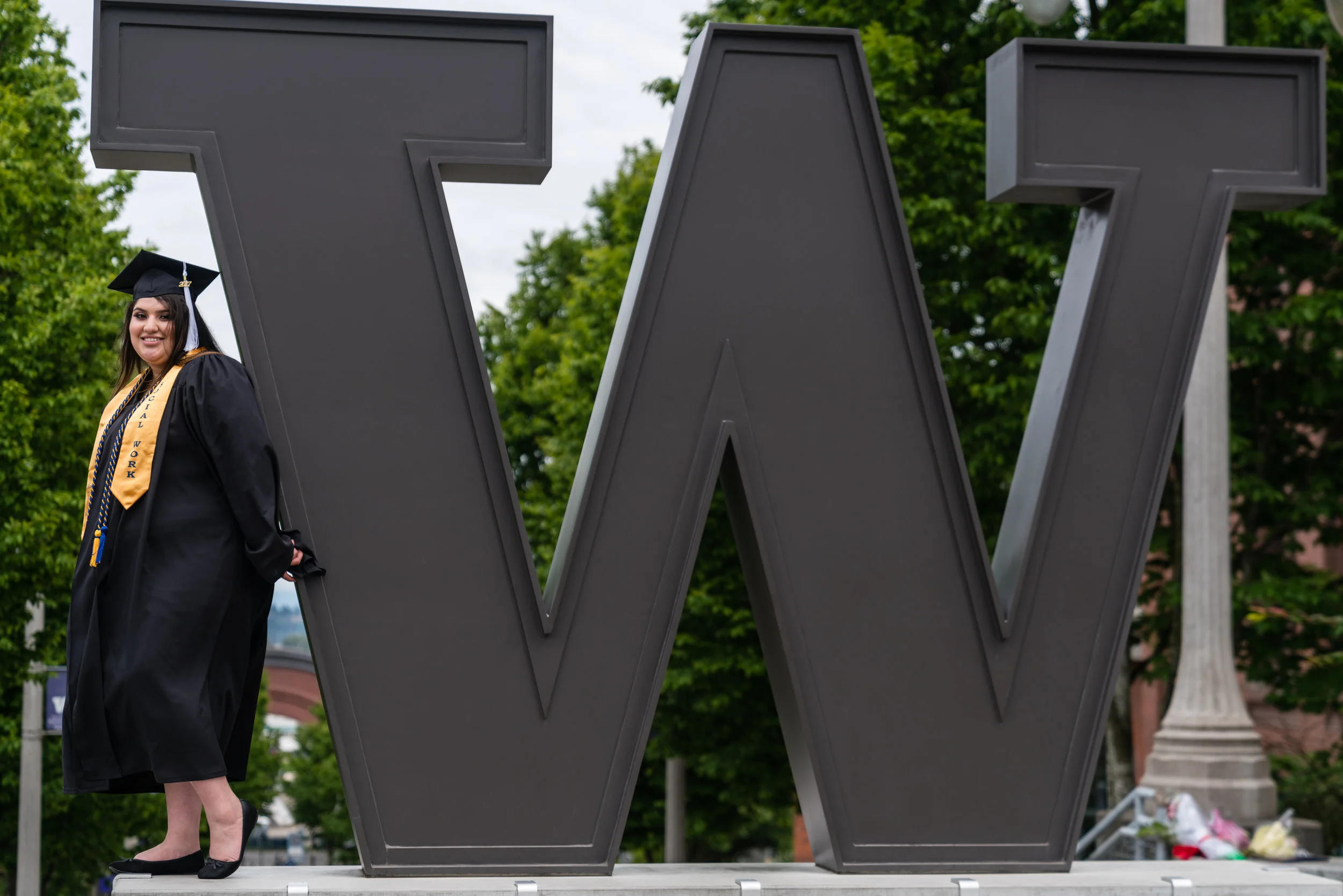Want to support my work?
Consider visiting the shop and buying "Absolutely Nothing" https://www.TheUpperLeftUSA.com/shop/absolutely-nothing
or
Become a Patron!
https://www.patreon.com/HaiHoangTran
When I sold the majority of my Nikon gear, I sold my filter system along with it and I have to admit, I’ve been missing being able to do really long exposures. That’s why I recently purchased this Winecountry Camera filter system.
At the heart of the Winecountry Camera filter system is the filter holder itself. This was the main reason for me choosing this system over the others in the market.
The system consists of three main components, the lens adapter ring, the filter holder what Wine Country Camera calls a filter vault.
The filter vaults are used to house square filters. The vaults are made from a high density glass epoxy material that’s approximately half the weight of aluminum but more capable of abrasion resistance, friction, impact, corrosion and material fatigue. These vaults help to provide protection for the filters and help prevent filter breakage. There are currently two vault sizes which accommodate 100x100mm square filters and 100x150mm rectangle filters.
Wine Country Camera also currently produce their own line of solid ND filters known as the Blackstone ND filters. The filters currently come in 3 densities, 3, 6, and 10 stop reductions. These ND filters are advertised to have color cast so slight that it is indistinguishable from having no filters at all. These filters were made from the highest quality optical glass and developed to be used with some of the highest resolution camera systems on the market to ensure that there is no loss in resolution.
The filter holder includes a dedicated recess built in to create a light-tight environment for the ND filters. Having the vault around the filters on all sides also helps to eliminate internal reflections that are caused by light entering from the edges of the filter. This ensures that you get the best possible results when using a filter.
This filter system utilizes a removable internal polarizer. The polarizer is mounted inside the body of the holder instead of on the outside like many other filter systems on the market. This eliminates possible reflections and vignetting that occurs when mounting the polarizer further away from the lens. The polarizer rotation is adjusted via the wood knob located on the back of the filter holder and allows for easy adjustment even when looking through the viewfinder.
The filter holder allows you to hold three filters along with the aforementioned circular polarizer. The first slot closest to the camera is intended for use with a solid ND filter and the two other slots are for ND grads. I’m not currently using ND grads with this system so am using the outer slots more for stacking solid NDs when necessary. The holder features push buttons which allow you to adjust the filter vaults and make lining up ND grads much easier. Each filter stage is independently adjustable and there is a safety catch so that the filter doesn’t accidentally fall through and hit the ground.
The things mentioned earlier and all the attention to detail really added to the value of the Wine Country Camera filter system for me. Things like the ability to add and remove the filter system without disturbing framing, integrating various wood parts so users having an easier time handling the system in cold climates and manufacturing the parts in a way that increases the overall results. These wood handles were even carved away to reduce possible vignetting.
This system is also very lightweight. A complete holder system with two vaults, polarizer and adapter ring weighs only 15 ounces so less than a pound.
I think that overall, this is a great filter system and really stands out from the crowd. The filter holder was a forethought and not just a means to hold filters that a manufacturer makes, like it seems to be for many other filter holder manufacturers. I don’t dread using this system and that’s where the value really comes in. I don’t mind bringing this system along on trips and actually look forward to using it. If you’re looking for a new filter holder or an entire filter system, I would highly recommend checking out what Wine Country Camera is offering.
If you're considering on buying any of these products, please support my work by using the links below.
Wine Country Camera Filter System
http://amzn.to/2r0w65D
Wine Country Camera Blackstone ND Filters
http://amzn.to/2Dry2Xq
Wine Country Camera Filter Vaults
http://amzn.to/2CUn9fG
























































